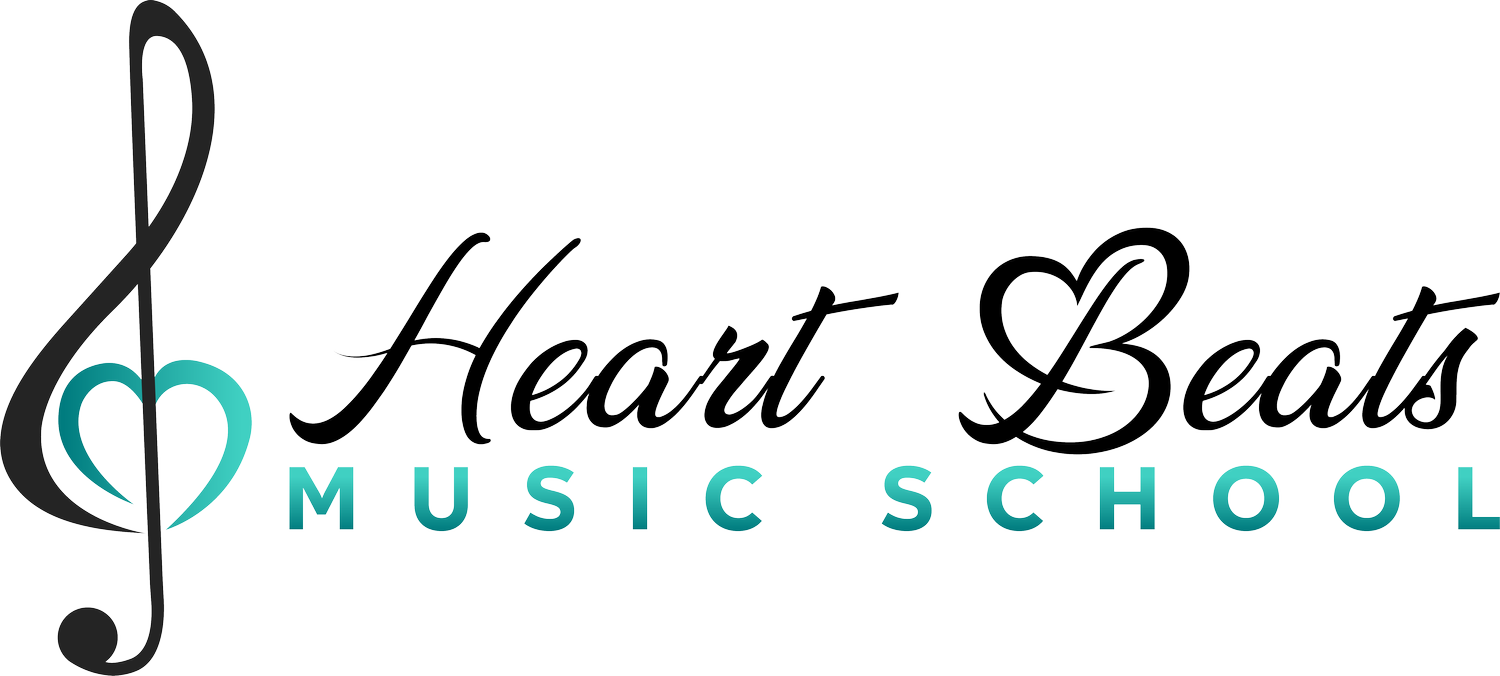Instrument Guide for New Students
Piano
When starting piano lessons, an acoustic piano is always our top recommendation. It provides the best foundation for your development, offering a more authentic physical and expressive connection to the instrument. However, if you’re not ready to invest in an acoustic piano right away, a keyboard or digital piano is a great way to get started. Here’s what to look for:
88 keys are ideal, but 76 keys can work too.
Weighted keys (avoid semi-weighted) are important to replicate the feel of a real piano and help build muscle strength.
Our favorite brands include Yamaha, Casio, Williams, and Roland. For high-end digital pianos, we recommend Yamaha Clavinovas or Casio Privias. For a more budget-friendly option, the Williams Allegro IV (the ones in our Rainbow Room!) is a great choice.
If you’re just starting out, the Yamaha P71 or other P-series keyboards offer excellent quality at an affordable price.
Make sure your keyboard has a sustain pedal (can be purchased separately), adjustable bench, and music stand. Buying used or open-box is a great way to save money, just ensure that all parts are included and the keys work properly.
For piano purchases, we recommend visiting The Music Exchange (mention our name for a discount!). Other options include the new Kawai store in Sacramento or River City Piano for used pianos. Local stores often offer rent-to-own programs, and financing a piano can be as affordable as $80 a month. Remember to factor in piano delivery costs, which typically range from $200-$300.
Important: While there are many keyboards available for under $100, we advise caution. Anything priced below about $300 will likely feel light and plasticky. Keyboards with lots of buttons and sounds can be fun for students, but if this comes at the cost of quality-feeling keys, it can significantly disadvantage students in their lessons. It's crucial to prioritize the feel of the keys to support proper technique and development.
If your student plans to pursue serious classical study, an acoustic piano will be necessary within 2 years. Prolonged use of a keyboard, even a high-end digital one, invariably leads to technical and expressive limitations down the road.
Violin
For violin lessons, your student will need a violin for practice at home. We’ll provide one for the trial lesson, and the teacher will help select the correct size, which ranges from 1/8 to full size. A good fit is essential for comfort and progress. Students will also need:
Rosin
Chin rest (if not included with the violin)
Case for safe storage
Music stand
Important: Learning a string instrument can be a rewarding challenge, and developing a good ear is an important part of the journey. While we understand the temptation to go for a lower-priced option, we recommend investing in a quality instrument to ensure a better learning experience. A well-made violin can make a world of difference, helping the student enjoy their lessons and make steady progress. We suggest avoiding very low-cost violins (like those priced around $100 from online retailers) as they often have poor sound quality, which can make learning more frustrating than fun.
Rentals: To help with the considerable cost of good instruments, we strongly recommend renting a violin! We favor Kline Music; their rentals start at about $25 a month and they have a great rent-to-buy program. This gets you a quality instrument without the long-term cost and commitment of buying one up front, but allows you to put all the money you’ve paid in rent towards purchasing if you do decide to buy.
Guitar
For beginning acoustic guitar students, we recommend the Yamaha JR1, which offers great quality at a reasonable price. If your student prefers electric guitar, the Ibanez Mikro is a fantastic option. Electric guitar and bass students will also need an amp, with the Mustang LT25 being an great affordable choice. When shopping, note that there are amps for just guitar, just bass, and combo amps (the Mustang is a combo amp).
Kline Music offers guitars, basses, and amps for rent at affordable rates ($25 for guitars and basses, $20 for amps). Guitar Center is also a good source. When considering guitars for beginners, especially children, pay attention to the height of the strings off the fretboard; instruments with high strings can feel much harder to play, especially in the beginning. Students will also need:
Instrument cable (1/4", at least 6ft)
Medium guitar picks for guitar students
Additional Tips
For all instruments, ensure that your student takes care of their instrument by storing it properly after practice. Renting or purchasing quality instruments will make their learning experience more enjoyable and set them up for success.
